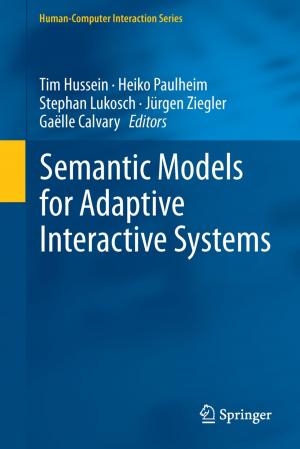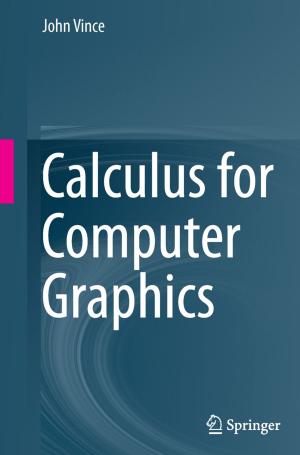Sets, Logic and Maths for Computing
Nonfiction, Science & Nature, Mathematics, Logic, Computers, Database Management, Data Processing| Author: | David Makinson | ISBN: | 9781447125006 |
| Publisher: | Springer London | Publication: | February 27, 2012 |
| Imprint: | Springer | Language: | English |
| Author: | David Makinson |
| ISBN: | 9781447125006 |
| Publisher: | Springer London |
| Publication: | February 27, 2012 |
| Imprint: | Springer |
| Language: | English |
This easy-to-follow textbook introduces the mathematical language, knowledge and problem-solving skills that undergraduates need to study computing. The language is in part qualitative, with concepts such as set, relation, function and recursion/induction; but it is also partly quantitative, with principles of counting and finite probability. Entwined with both are the fundamental notions of logic and their use for representation and proof.
Features: teaches finite math as a language for thinking, as much as knowledge and skills to be acquired; uses an intuitive approach with a focus on examples for all general concepts; brings out the interplay between the qualitative and the quantitative in all areas covered, particularly in the treatment of recursion and induction; balances carefully the abstract and concrete, principles and proofs, specific facts and general perspectives; includes highlight boxes that raise common queries and clear confusions; provides numerous exercises, with selected solutions.
This easy-to-follow textbook introduces the mathematical language, knowledge and problem-solving skills that undergraduates need to study computing. The language is in part qualitative, with concepts such as set, relation, function and recursion/induction; but it is also partly quantitative, with principles of counting and finite probability. Entwined with both are the fundamental notions of logic and their use for representation and proof.
Features: teaches finite math as a language for thinking, as much as knowledge and skills to be acquired; uses an intuitive approach with a focus on examples for all general concepts; brings out the interplay between the qualitative and the quantitative in all areas covered, particularly in the treatment of recursion and induction; balances carefully the abstract and concrete, principles and proofs, specific facts and general perspectives; includes highlight boxes that raise common queries and clear confusions; provides numerous exercises, with selected solutions.















